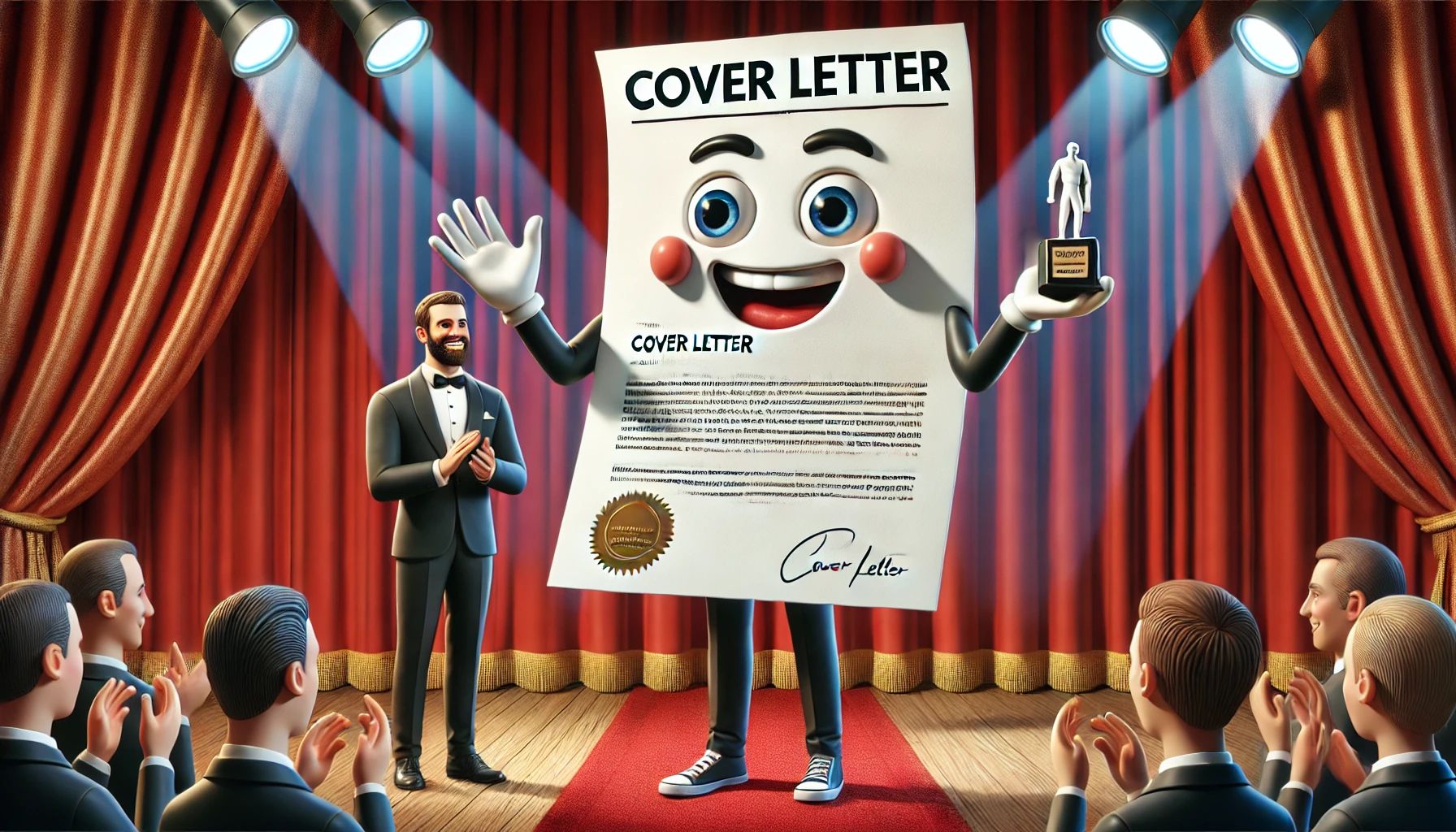
As I mentioned in the previous post, my wife is a huge fan of the show Big Bang Theory. They name their episodes like scientific theories and postulates. As a joke, I decided to do the same for the resume errors. I hope you enjoy.
Resume Killer #4: The “Duplication Complication” (Identical content in separate job descriptions)
Your last two positions had the same job title and same job descriptions. So, when preparing your resume, it only makes sense to simply copy and paste the content from the first entry to populate the second one, correct? Well, not so fast. Duplicate content is one of our resume killer culprits.
There are two good reasons we do not want to use a resume killer such as word-for-word duplicate content in position descriptions:
- Most readers of resumes do so begrudgingly. Like most of us, these people are distracted, working multiple projects and manage other employees who need attention. The last thing we want to do is bore them to death by giving them the exact same thing they just read.
- You lose the opportunity to restate the description in a way that would allow the use of different keywords. When you duplicate the content, you cheat yourself of the chance go at the applicant tracking system (ATS) from a different angle.
Keep the content of your resume fresh and interesting. You can even consider trimming the content a bit so that it does not duplicate the concepts. But whatever you do, avoid 100% position duplication within your resume at all times.
Resume Killer #5: The “Gramps Effect” (Dates Exposing Advanced Age)
In case you were unaware, ageism is all too real in the job market. Older candidates are finding it difficult to get a fair shot at good positions because the assumption is that:
- As an older person, they will be resistant to change and not understand the newer technologies
- Their salary requirements will be more than what the employer wants to pay
- Their health benefits will be too expensive to maintain.
So, if you are a 55+ job seeker, trumpet this fact before you have even been in the building to state your case for employment is a potential resume killer. I usually recommend to older clients to remove graduation dates that are past 18-20 years. With most people graduating between 22-25 years of age, it is a simple math exercise for the reader to figure out the applicant is at least middle aged.
When it comes to professional experience, we usually want to take a similar approach by not giving the reader work experience that spans 25 years. While every situation is unique, I usually go into into a project wanting to keep the chronology to 10-15 years to stay away from this resume killer. Not only is this likely to be the most relevant content, but it can disguise the fact that this may only be 50% of your working dossier.
Of course, once you show up for the interview, the hiring authority can obviously pick up on your age. But you now have an audience where you can convince them of just how narrow-minded this thinking is. Dazzle them with your energy and knowledge of the latest and greatest in your industry. You’re thus avoided a major resume killer!
Resume Killer #6: The “Sardine Can Conundrum” (Improper Content Spacing)
I can tell you from experience that the last thing a tired-eyed reader wants to do is read a resume that is so crowded and stuffed with verbiage that your eyes glaze over. This is a more common occurrence than you think. The reason is that most people feel the need to tell their life story and erroneously think the content alone will carry the day. Cramming too much content into one page is definitely a resume killer.
When you are looking to get the message across to a reader, you want to ensure that the entire environment is right for absorption. Would you believe that perhaps the most important factor in your reader’s comprehension of your message is the areas where characters do not appear? That’s right, the white space within a resume helps a reader rest their eyes. This aids in the comprehension of the next information block. Additionally, when executed strategically, variances in line spacing height can subconsciously communicate information groupings, helping the reader with navigation.
I see many cases of job seekers cramming tons of info into one page simply because they have been told (erroneously, I might add) that that a resume can be no longer than one page. As I mentioned earlier, every situation is different, but there is no general rule that the document MUST be one page. The fact is, a well-spaced two-page document gets an overstuffed one page blur any day. You’ll find a nice article on whitespace by clicking here.










